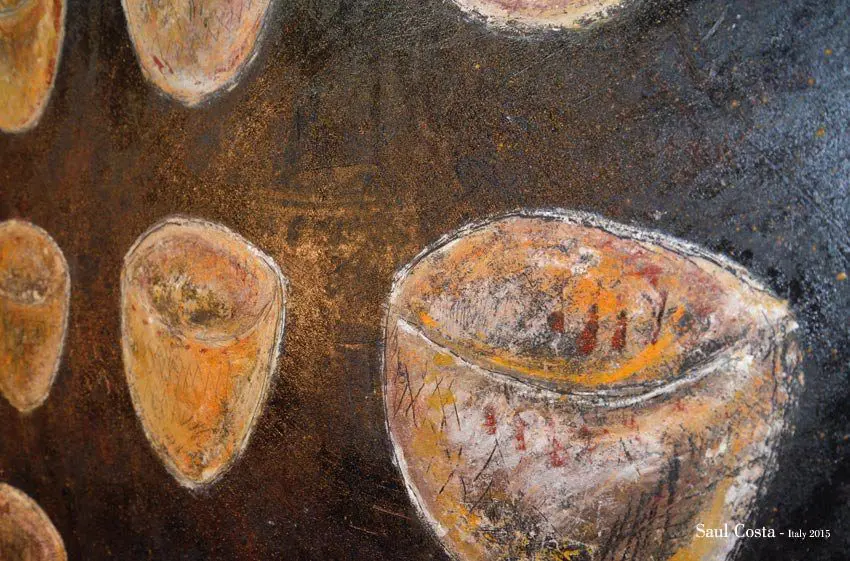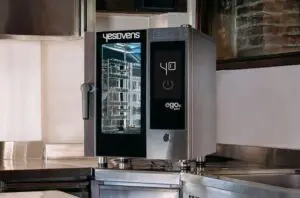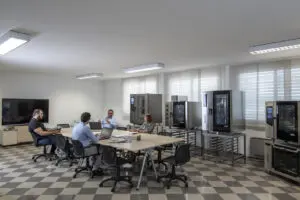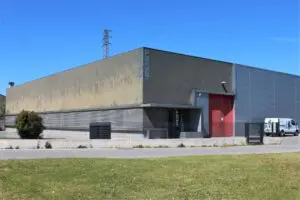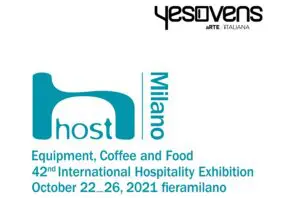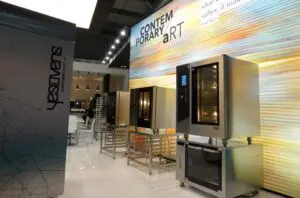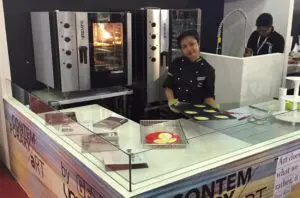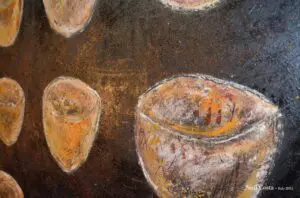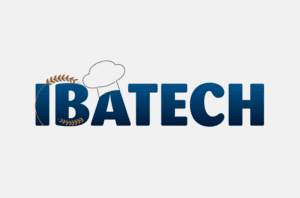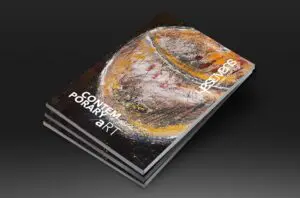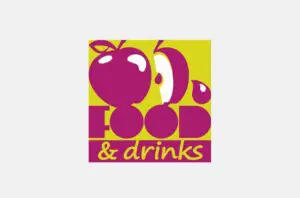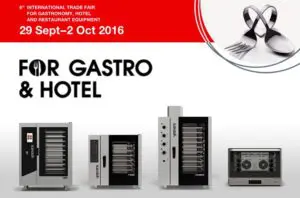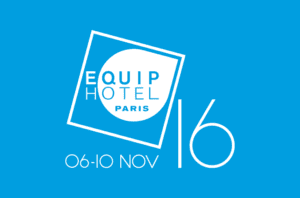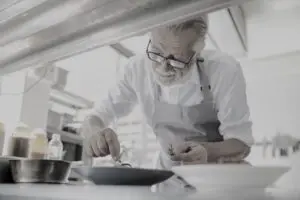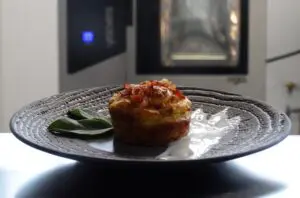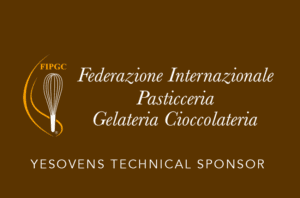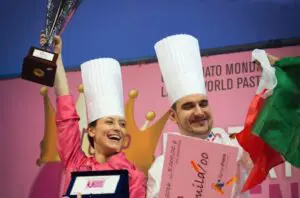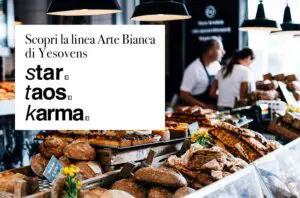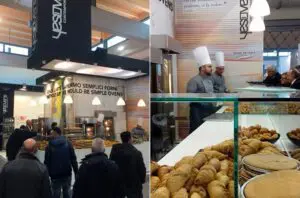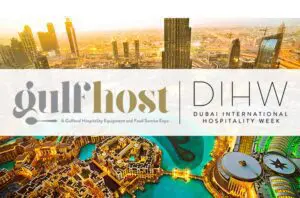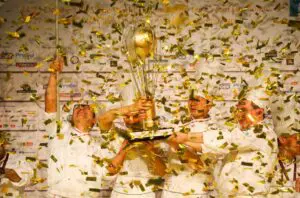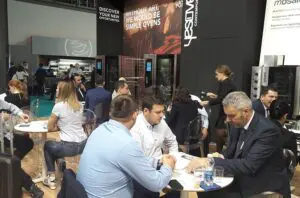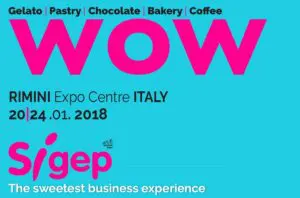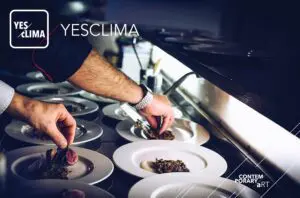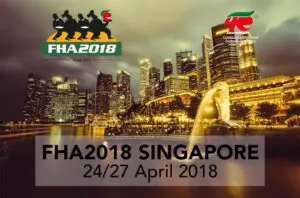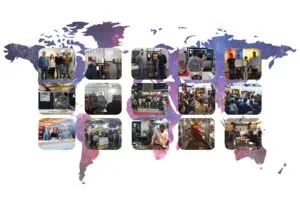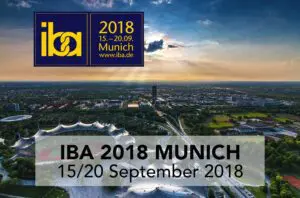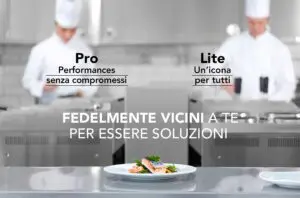Ritual food
Terracotta bowl,
essential shape that contains
nourishment,
it represents the return to the
earth,
as primordial source of
life.
Interview with the artist Saul Costa
Brief biography.
Saul Costa was born in Vicenza in 1974, he graduated in Graphic design and Photography. He extended and completed his training in the Painting section of Accademia di Belle Arti di Venezia (Academy of Fine Arts in Venice). Other than the artistic experience, he has also been teaching drawing and art history for the last thirteen years. Since 1997, has has participated in thirty exhibits, of which twenty-two were public, and eight were private, other than various national competitions.
F.F. How did the idea of an era of customary food originate?
S.C. Food has always been sharing and it is an essential element that nourishes and that comes from the ground, just like the terracotta bowl. The common ritual of consumption marks the entrance into a network of community relations. Food, cooking tools like ovens or bowls, are nothing more than objects that symbolically mediate the value of bonds, the expression of the relationships of the people involved, and this function is so strong that it characterizes the type of social network they are put in.
F.F. How important is it to understand the meaning of the artwork and not only like it for its appearance?
S.C. The emotional impact an artwork has on you is undoubtedly important. The beauty, the pleasure that comes out of it, satisfies us. Stopping at the appearance though is not enough. By having the curiosity to explore and understand the artwork, you can acquire a cultural enrichment from it. I see artists as clairvoyants who go beyond the feelings and appearances that society normally perceives, and they express what they perceive through their own work. They have a sort of responsibility toward the society they address their work to and it often happens that it is re-evaluated later in time.
F.F. Where does your art come from and what inspires you?
S.C. My relationship with art has no beginning in the sense that I’ve always lived inside a space, a place imbued with art. The craft shop of my father has had many relationships with artists more or less known and because of this it had become an active and cohesive place of exchange of ideas and experiences. Furthermore, I’ve been educated by art through the continuous and constant contact with artists, exhibits, workshops, exhibition spaces. The underlying theme of my research is the spirituality and sacredness of the bond that unites man with God. It is not a new theme; it has been there ever since humankind tried to understand the meaning of its existence. The way I investigate this subject matter consists of several facets, including the one concerning the relationship with food in a common ritual of consumption.
F.F. What was your training?
S.C. As already mentioned, I was born in a context naturally favourable to the in-depth analysis of art, so, once I reached the age of reason, it was only obvious to choose a journey related to the study of art. That’s how I first obtained a diploma in Graphic design and Photography, and then I studied at the Painting section of the Accademia delle Belle Arti di Venezia, where I could come in contact with masters like Luigi Viola, Giovanni Quaresimin, Marco Nereo Rotelli. The study, however, doesn’t end with school. It is passion that drives most of the analysis of the themes addressed. All the trips taken then, particularly in Mediterranean lands, form true “notes” comparable to a “moleskine”, the legendary notebooks in which “culture, imagination, memory, journey and personal identity” materialize and to which I entrust my most instinctive and private thoughts.

